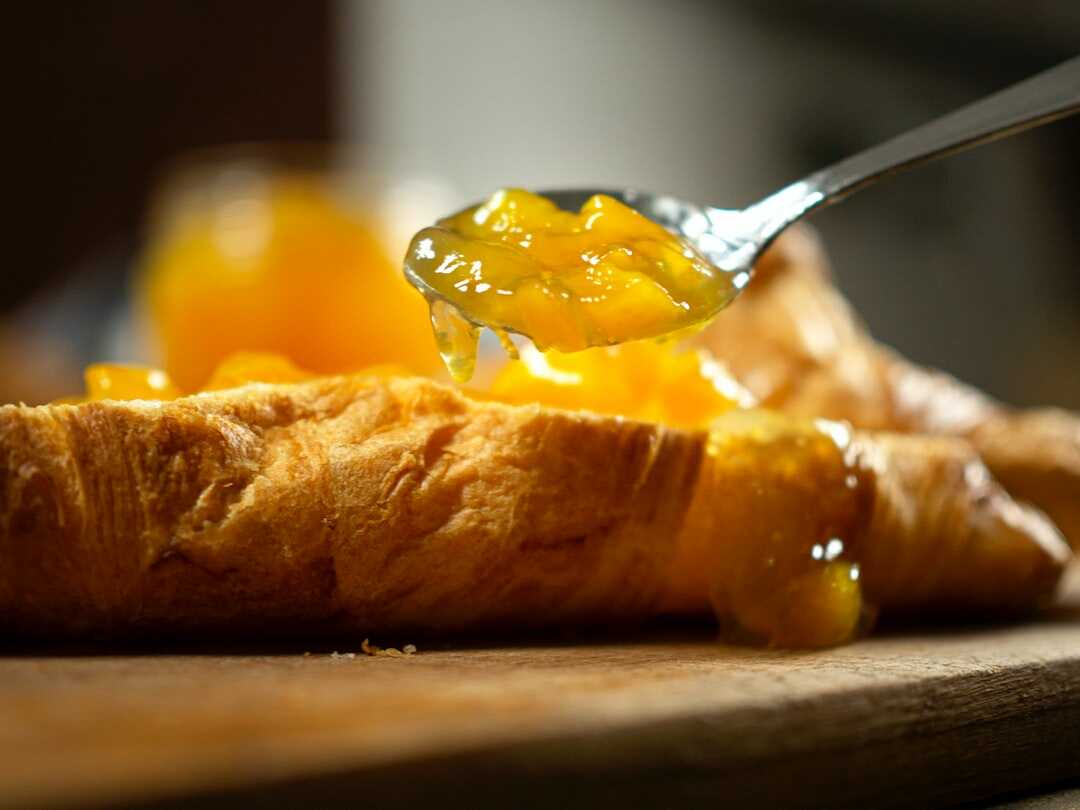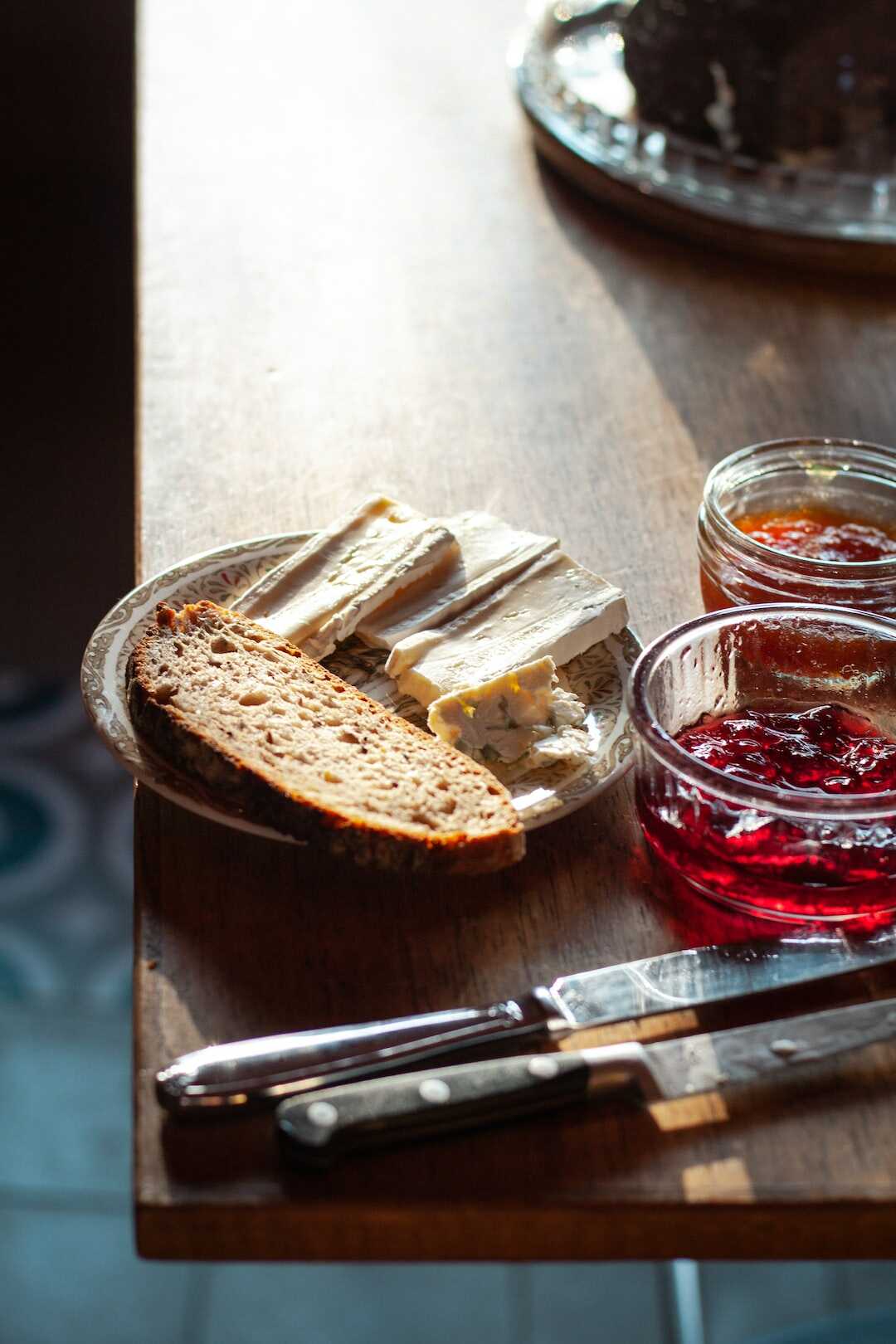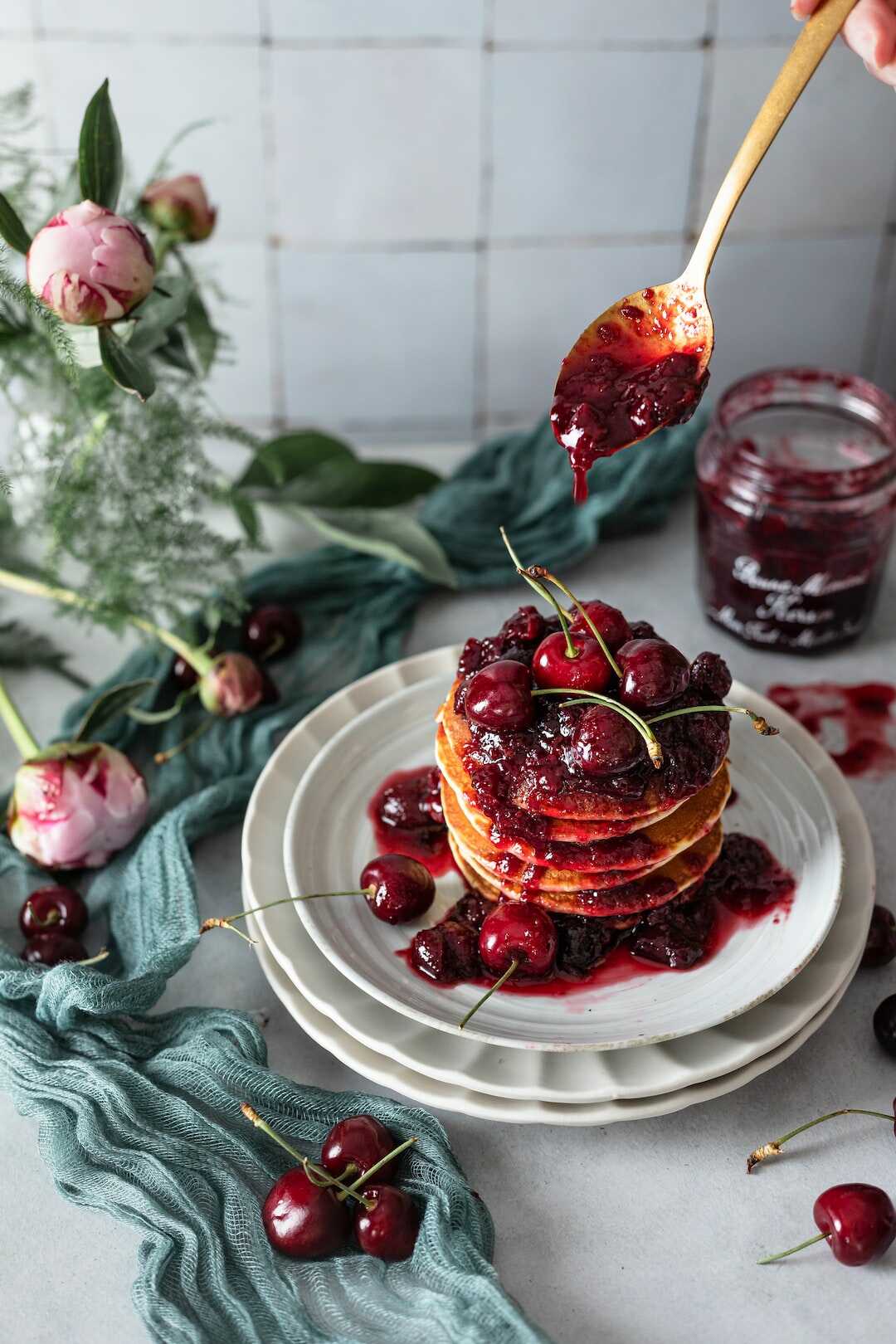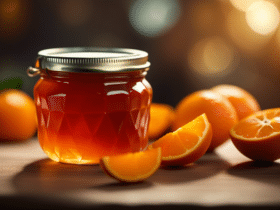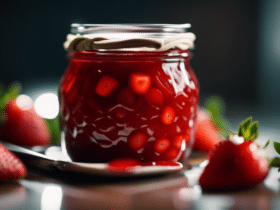To thicken the mixture, simply cook the jam a little longer: the water evaporates, the jam concentrates and solidifies.
How to thicken jam that is too runny?

To change the texture of homemade jam, simply add apple chunks, apple juice, or apple pectin. To do this, simply boil the jam again, adding apple pectin.
How to thicken rhubarb jam? There are therefore no natural elements that would prevent the water they contain from flowing out during cooking. Too much water, however, prevents the jam from thickening as usual. To improve this, it is necessary to add industrial pectin or other fruits.
How to use agar agar in jam? Prepare the jam, boil the fruit and sugar, then leave to cool. Then add a small spoonful of agar diluted with water, then bring the jam to a boil. Simmer for about 2-3 minutes, then immediately put in jars.
How not to miss his jam?

To make the jam, cook it for 20-45 minutes (depending on the fruit used) over high heat without a lid, stirring often so it doesn’t stick to the bottom. It also needs to be peeled regularly, as the resulting foam is unnecessary and does not add flavor!
When to add lemon to jam? Lemon juice contains ascorbic acid (vitamin C), which blocks oxidation. When added to fruits at the start of cooking, it retains their colors. This prevents the sugar from crystallizing.
How do you know if the jam is ready? Using a thermometer is a pro tip (theoretical cooking temperature is 105°C). To make it easier to check the cooking of the jam, do a drop test on a cold plate: it must set quickly, otherwise continue cooking.
Why is my jam too runny? Why does this happen? some fruits obviously do not contain enough pectin to prevent the jam from solidifying, the fruit is too full of water and suddenly the fruit/sugar ratio becomes distorted or the jam is not cooked enough. .
Why put lemon juice in jam?

Lemon juice retains the color of the fruit, preventing it from oxidizing when cut. This accentuates the taste of the fruit. It accelerates the solidification of the jam by acting on the pectin. Mandatory for the jam!
How to replace a lemon in a jam? To replace a teaspoon of lemon juice, add half a teaspoon of vinegar. As for vinegar, choose it with an unobtrusive taste. Rice or apple cider vinegar go well together.
Why put lemon juice in apricot jam? Also make lemon juice: it enhances the taste of the fruit, preserves its taste, promotes the hardening and preservation of the jam, while avoiding the crystallization of the sugar contained in the jam.
Why is my rhubarb jam too runny?

Why is the jam too runny? The main reason your jam won’t harden is that the fruit you made is over-watered. … Too much water, however, prevents the jam from thickening as usual.
How to thicken cherry jam?

Do not forget to add lemon juice or a few pieces of apple to thicken the preparation. The pectin in these fruits triggers gelling. You can also choose agar, an algae known for its gelling ability and which does not alter the taste of food.
How do you know if the jelly is ready?
3.Cold Plate Test
- For a spoonful of boiling preparation on a plate rinsed with cold water;
- Leave to cool by placing the plate in the refrigerator for a short time if possible;
- If the jelly freezes without water accumulation, the product is ready to be potted.
How do you know if the quince jelly is cooked? How do you know if the temperature is 104-105°C if you don’t have a thermometer? You have to do the old-fashioned technique: you put a drop of jelly on a plate that you put in the fridge. You let it sit for a minute and when the drop gels, the jelly is fully ripe.
How to catch a too liquid jelly? If your jam or jelly is too runny, bring it back to the boil to thicken it until the consistency is right (see below). You can also add gelling powder.
How do I know if the jelly has been taken? Ideally it’s best if you have a cooking thermometer, once the jelly has reached 103°C it’s ready. If you don’t have a pastry thermometer, take a look, take some jelly and pour it on a plate, if it freezes, it’s because it’s ready.
How do you know if the jam is ready?
Spoon test: Dip a cold metal spoon into the jelly and remove it from the steamer. The jelly is ready when it comes off the spoon like a leaf. At the start of cooking, the drops of jelly are light and syrupy.

